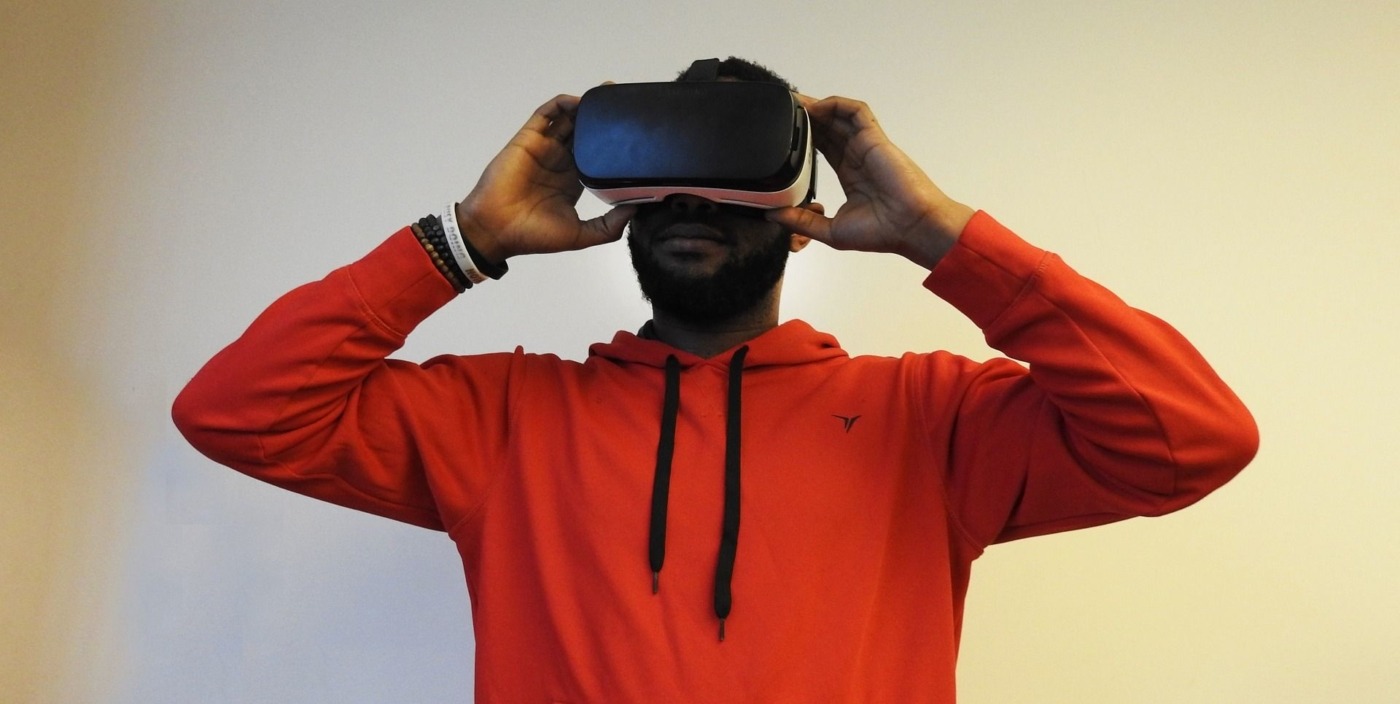Using VR to improve your languages
It would be safe to say that language learning in British schools is less popular than ever. According to figures from the British Council, around three quarters of students took GCSEs in another language in 2002. This figure has now dropped to 47%. In non-selective schools this figure is just 15%. However, the popularity language learning apps such as Duolingo, which offers courses in 24 languages and has over 300 million users worldwide, show that Britain has not lost its interest in learning and developing its skills in foreign languages.
Realising the potential benefits of the gamification of language learning, researchers at the University of Coventry including the languages centre manager, Billy Brick and a senior lecturer in Italian, Tiziana Cervi-Wilson, have worked together to develop a virtual reality exercise for students studying Italian. Taking inspiration from software such as ImmerseMe, which allows users to practice a language through interactive scenarios, the team are looking into transferring this into the classroom and the academic sphere. Since the declining interest in language learning means that funding for teaching and research is somewhat limited, the team were forced to improvise, repurposing a simulation from the department of health sciences.
In the simulation, students take the role of a caregiver interacting with a man with dementia and his son. They choose one of four potential responses from a list, and the simulation responds accordingly. It is possible to pause the simulation to ask questions or give explanations, and at the end of the conversation students are given feedback on their choices. For the Italian students for whom the assets are being adapted, the situation is similar. Students are introduced to an everyday situation and must choose the correct responses from a list of options, all in Italian.
Interacting with various situations in VR means that conversations are more organic than with peers in the classroom
While the advantages of using VR in this way might not immediately seem obvious, Brick and Cervi-Wilson are certain that it allows for more natural language learning. Understanding the mood and context of a conversation are key to language learning, and interacting with various situations in VR means that conversations are more organic than with peers in the classroom.
Unfortunately, technological limitations mean that the simulation is only relatively basic. Students are unable to input their own answers and must instead choose from a list of options. While an element of urgency can be added by limiting the time that students have to choose an answer, conversations still do not flow in the way that they would in normal conversation. However, VR adds a level of complexity that language learning apps and games often lack, and technological advances in speech recognition and parsing mean that in the future it will eventually be possible to phase out the list options in favour of actual conversations.
If VR learning can successfully be brought into the language classroom, it is sure to change the way that students learn languages forever.

Comments